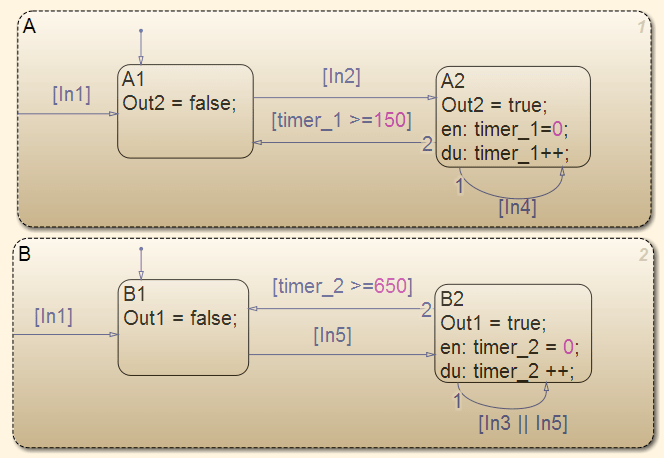sldvtimer
识别、更改和显示计时器优化
语法
说明
如果为 Simulink® Design Verifier™ 测试生成启用了计时器优化,则 status = sldvtimer1 的 status。否则,sldvtimer 返回 status 0。
status = sldvtimer(model)model 中显示计时器模式,您可以针对 Simulink Design Verifier 测试生成进行优化。有关计时器的更多信息,请参阅 分析包含计数器和计时器的模型。
示例
输入参数
输出参量
限制
如果在测试用例生成中包含关系边界目标,sldvtimer 可以优化更少的计时器。有关关系边界目标的信息,请参阅 关系边界。
版本历史记录
在 R2012a 中推出

